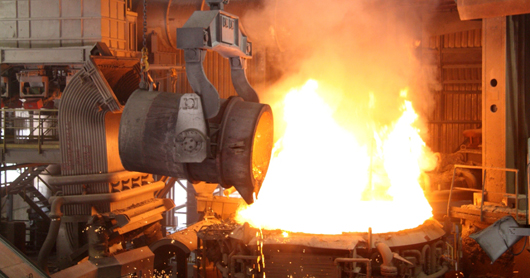Since prehistoric times, mankind has taken advantage of the strength and ductility of metals for the manufacture of hunting tools, defense weapons, ornaments, and utensils: The use of these enhanced the capacity of groups and families survive and allowed them to better cope with the challenges imposed on them by the environment.
With metal, prehistoric cultures developed weapons that allowed them, at the same time defend, hunt with greater efficiency and safety, which they used to accumulate food. Metals also helped them to do some tasks more quickly, such as wood carving, chiseling rocks and making ornaments, used as a language of nonverbal communication, to indicate hierarchies, possessions, and privileges.
It’s important to consider how important was the metal, and how much the search and exploitation of its deposits, processing capabilities and processing tools meant for many civilizations, it was the difference between sustainability or extinction.
Today, the dependence of humanity by metals is more than evident and as in ancient times, the scarcity or disappearance of metals would be detrimental to the permanence and sustainability of the current civilization.
Also, the metals are of great importance for our societies’ development, without metals we surely couldn’t have many of the luxuries we have, plus they have allowed the development of humanity.
There are metals that man has used since ancient times, such as iron, copper, tin, lead, etc., however, metals began to be used more frequently from the Industrial Revolution (Britain, late eighteenth) century in which the steel industry changed substantially.
One of the most important metals is iron (over 80% of industrial metal weight), more than others that are alloyed with it, from the ferroaleables metals necessary for the production of various steels.
The automotive?industry, aerospace industry, electronic industry, and nuclear industry need materials with very specific properties. Metals contemplate these requirements and satisfy their needs.



